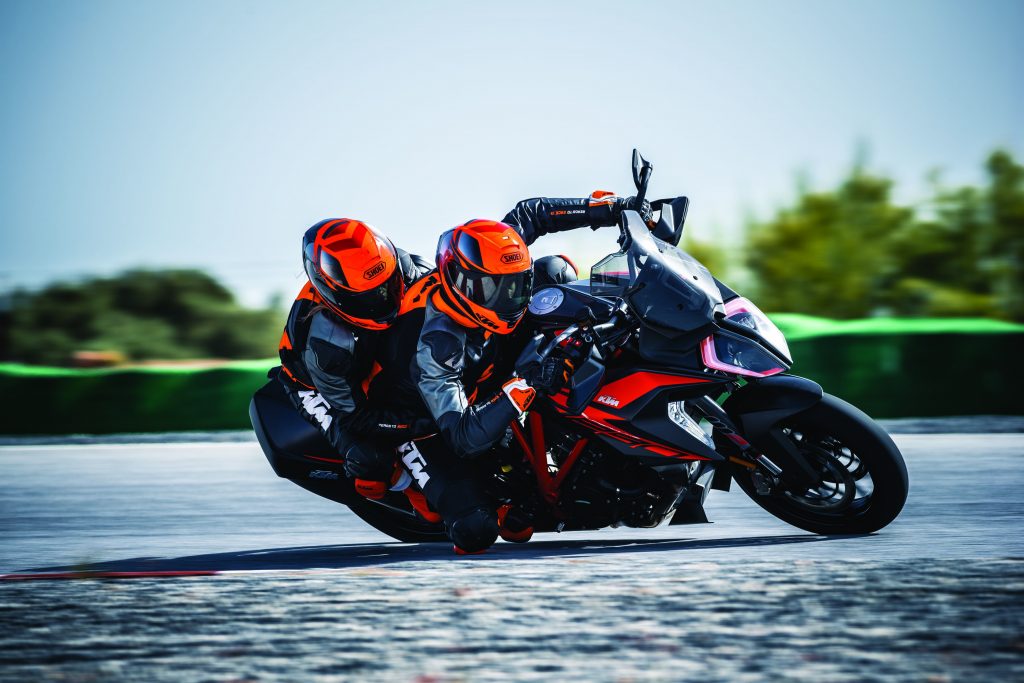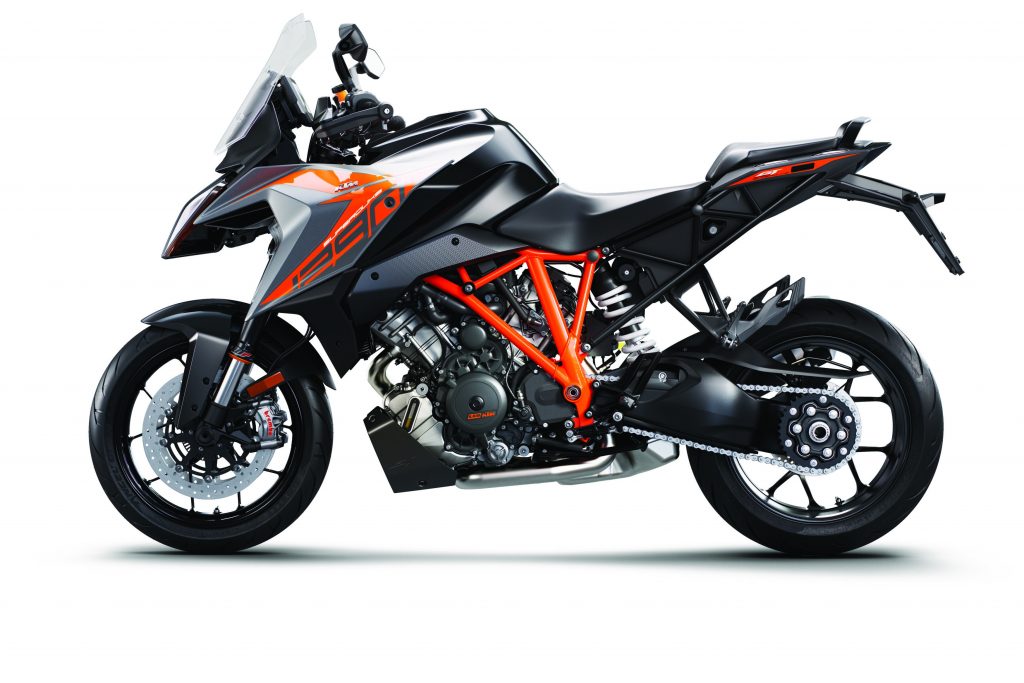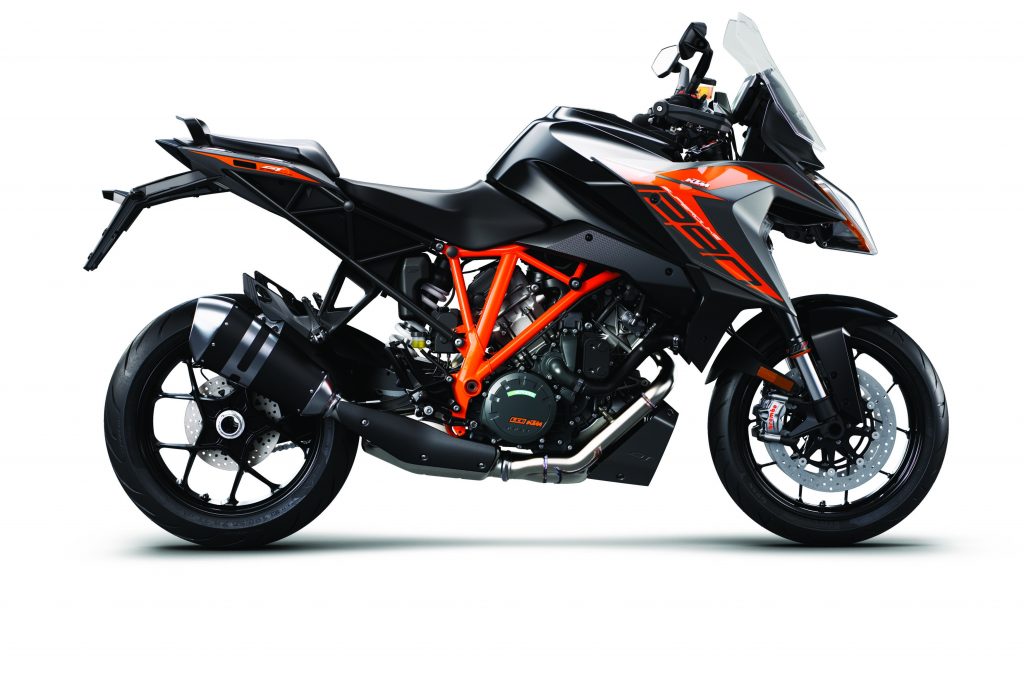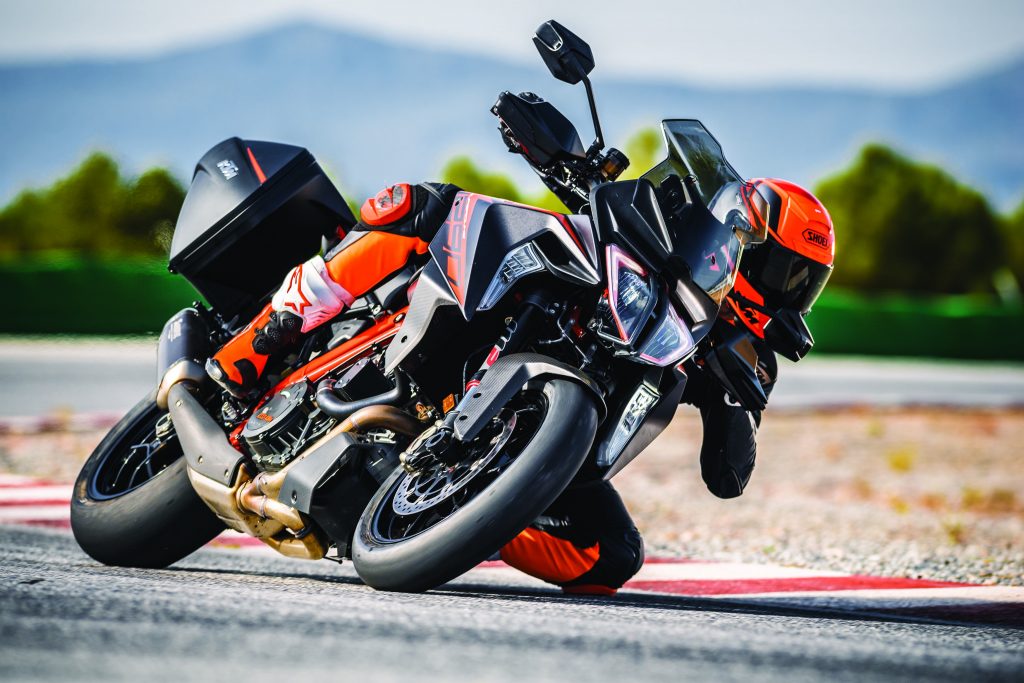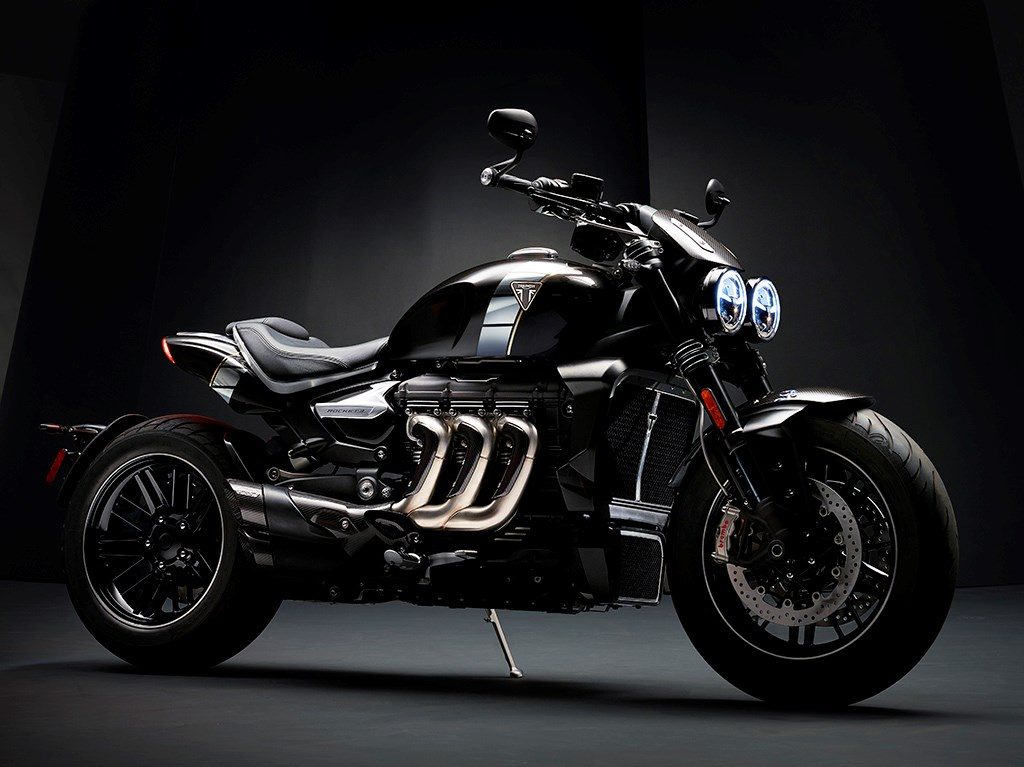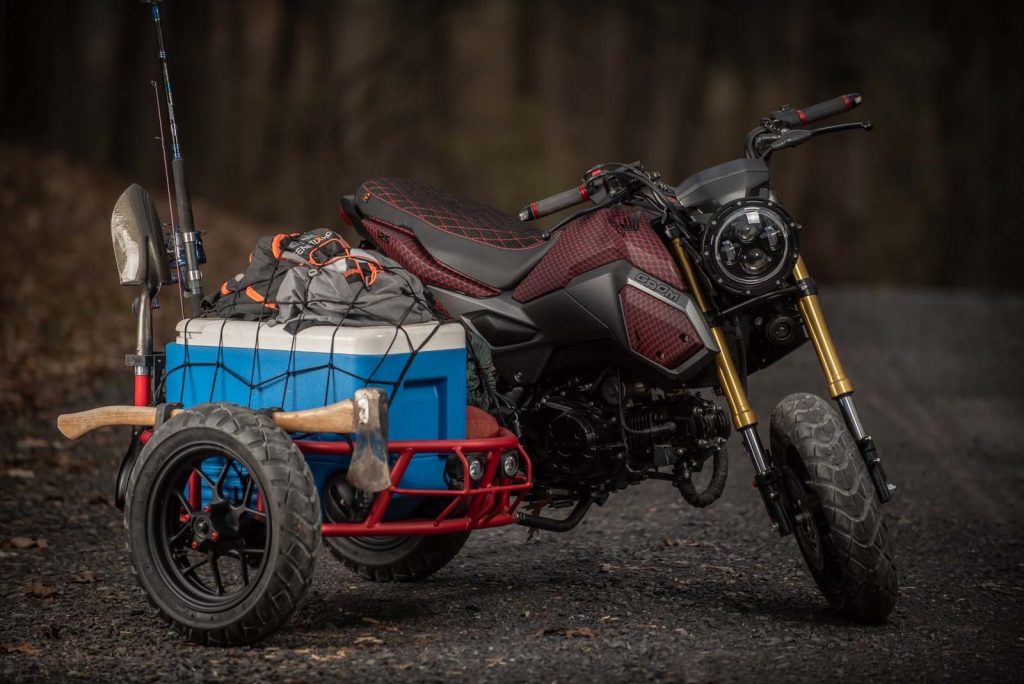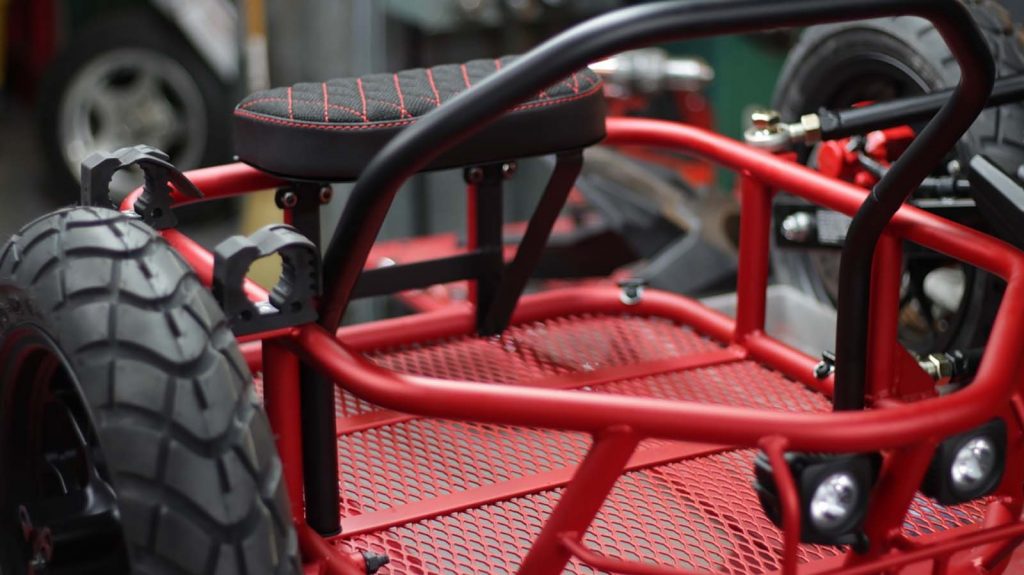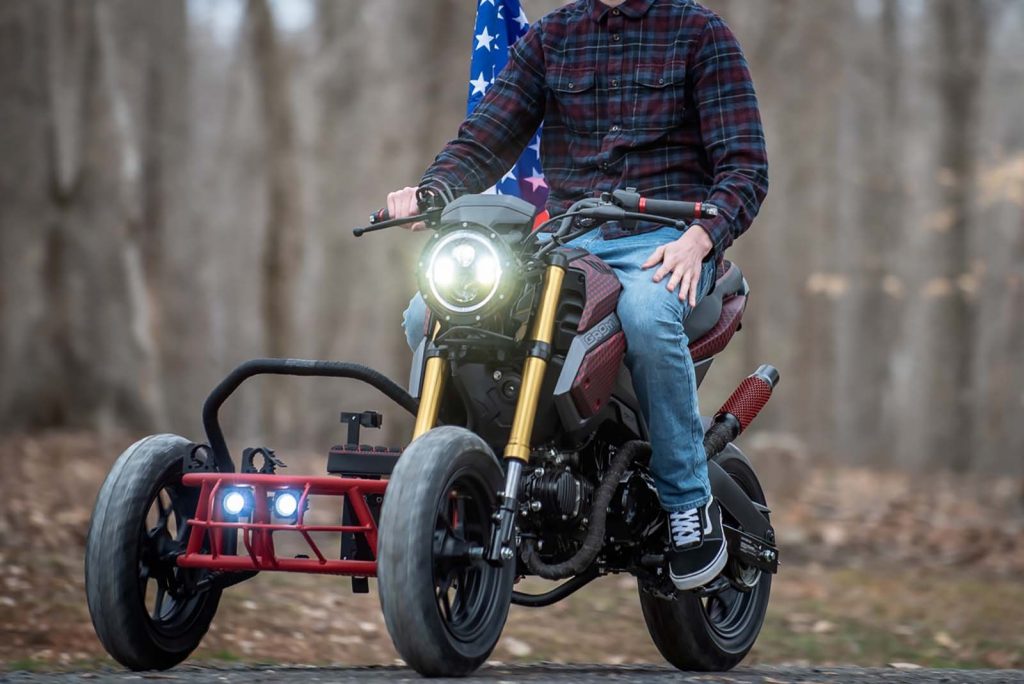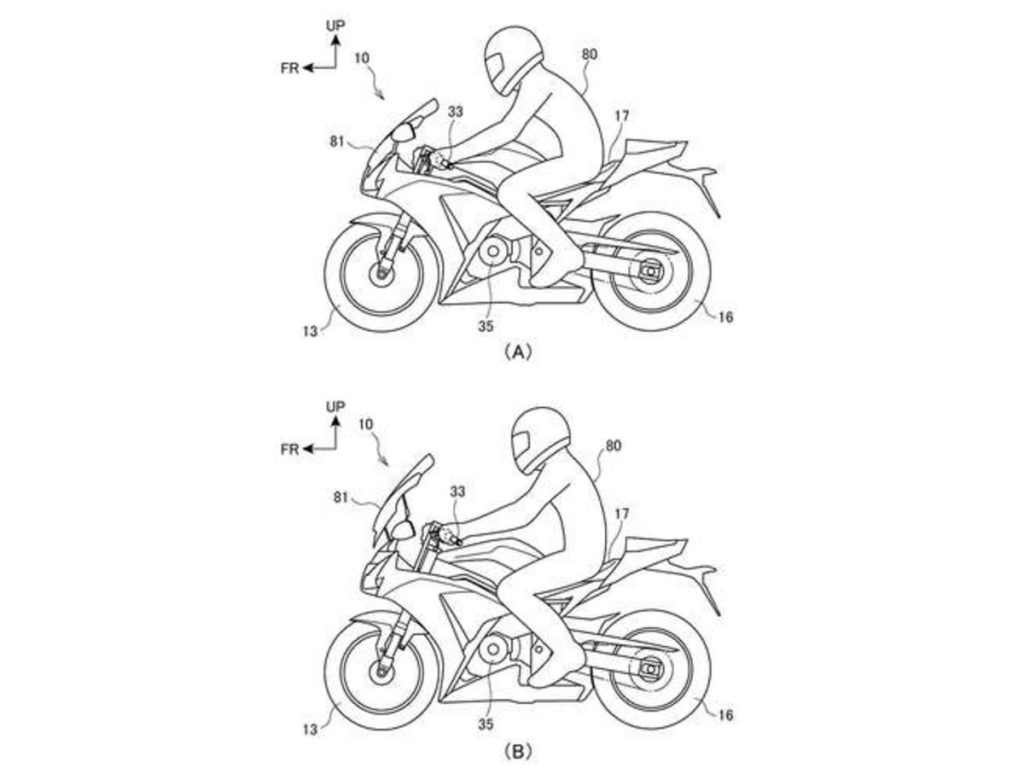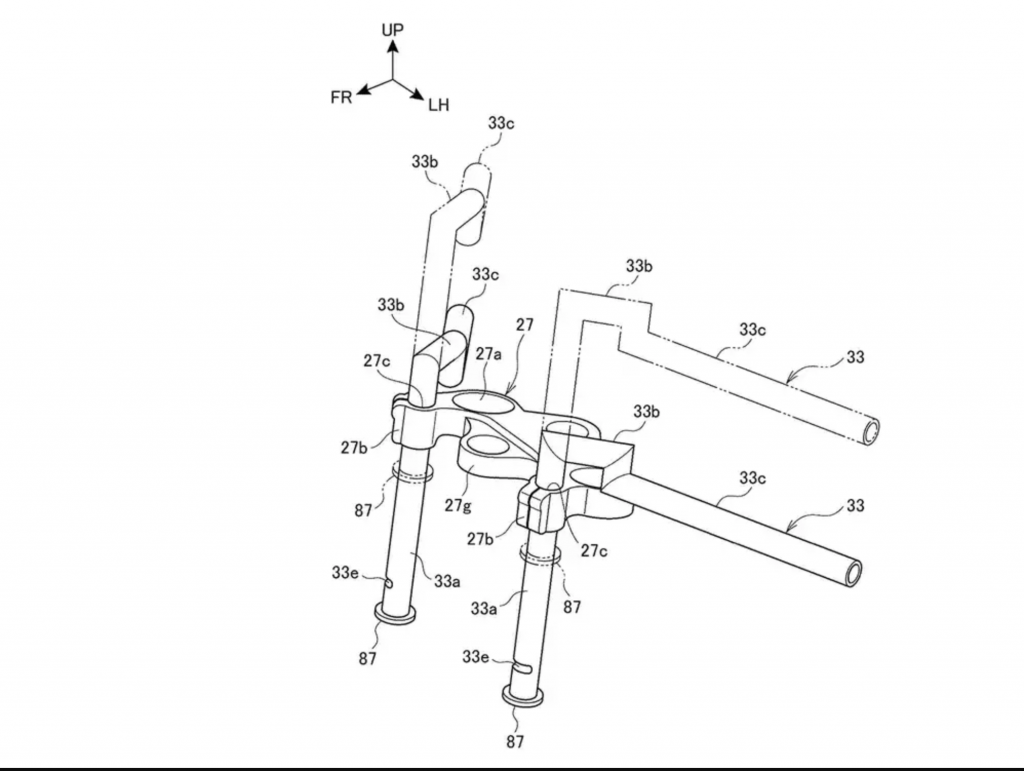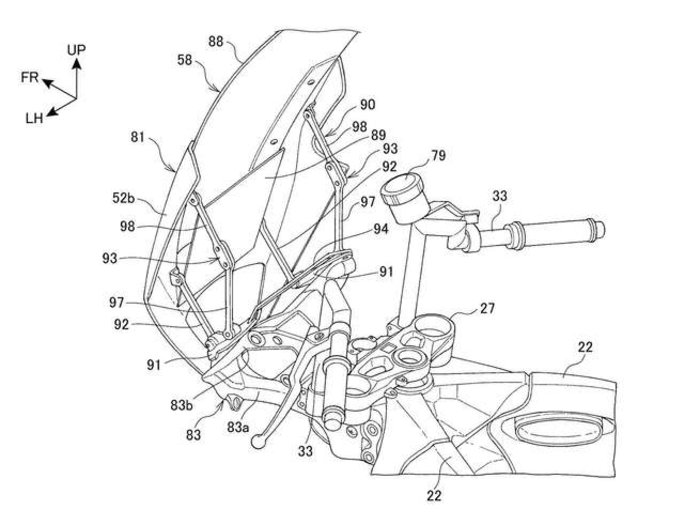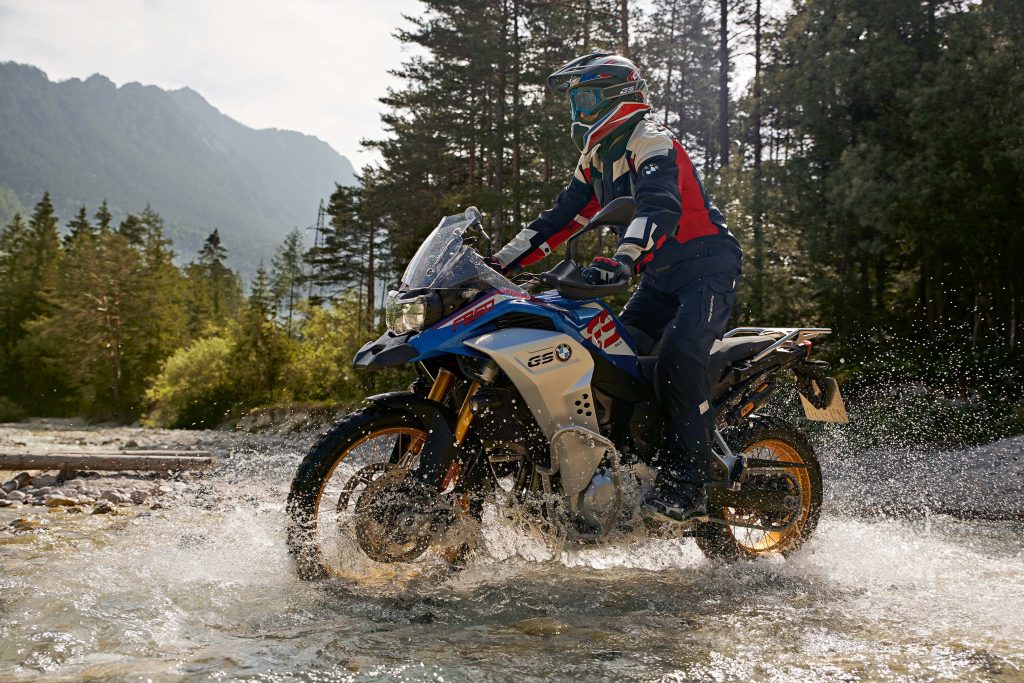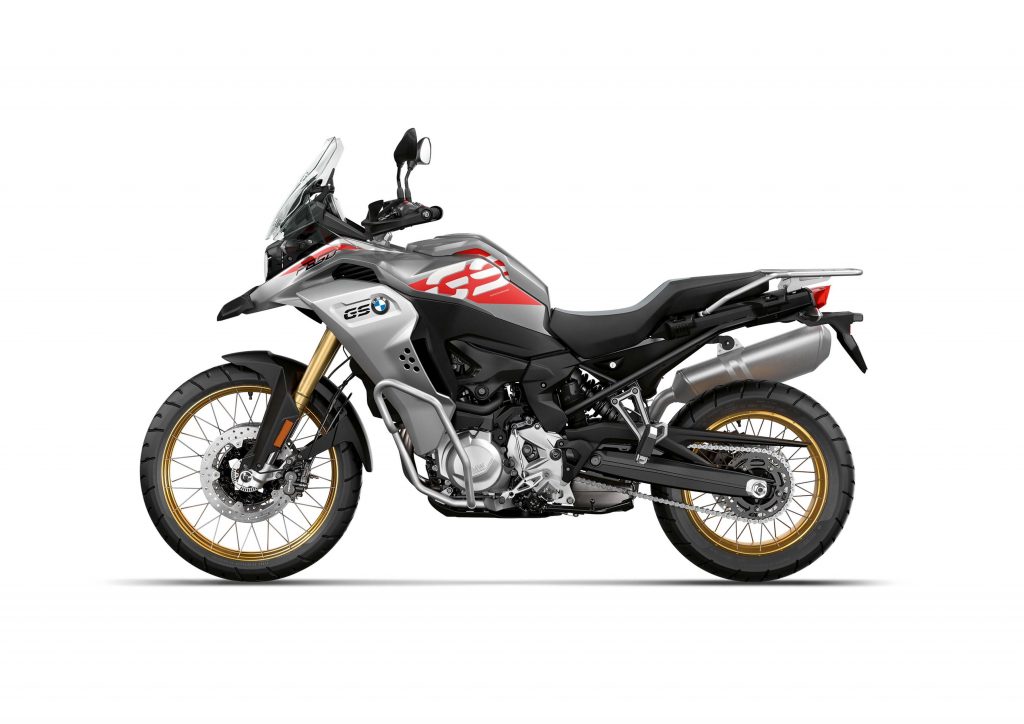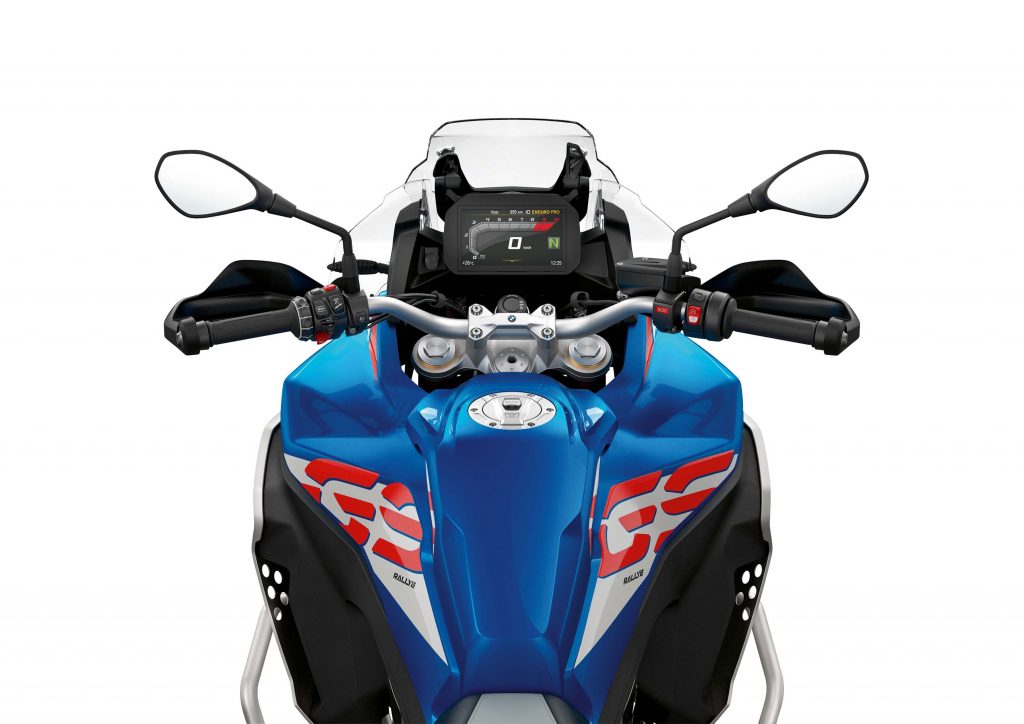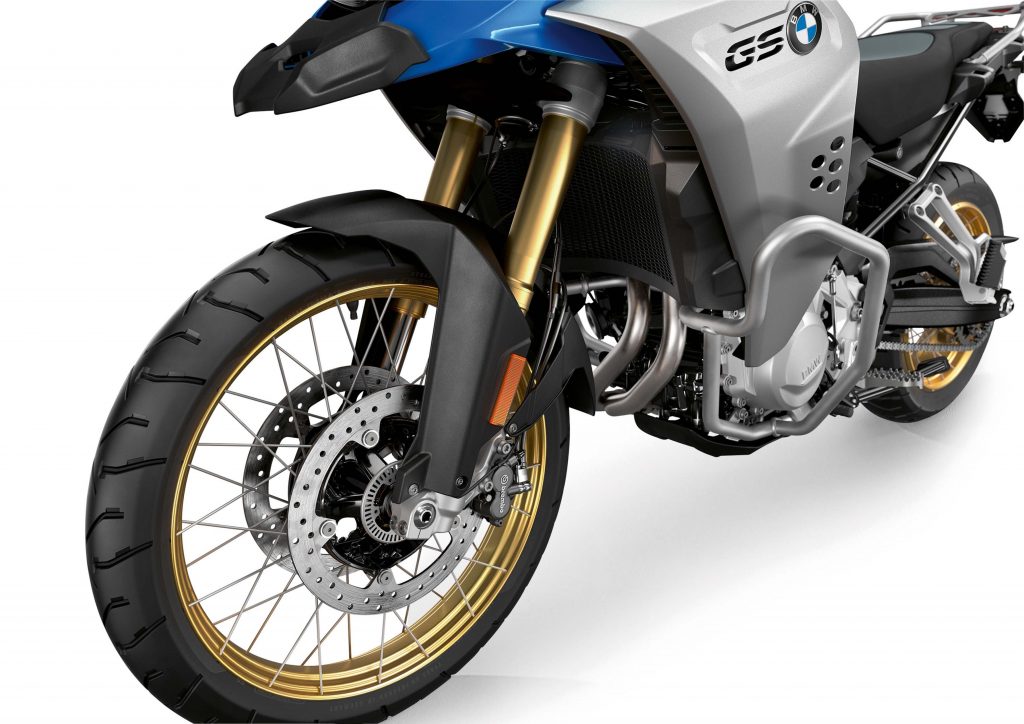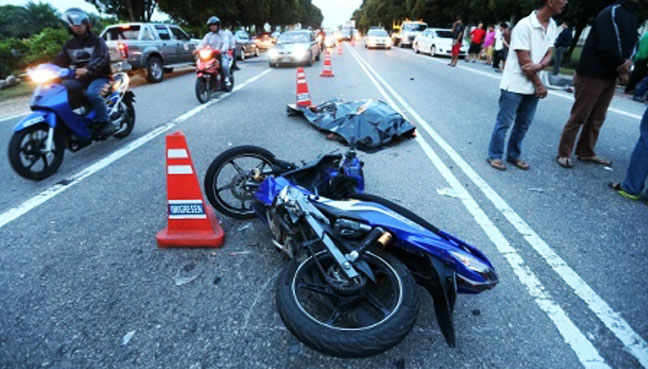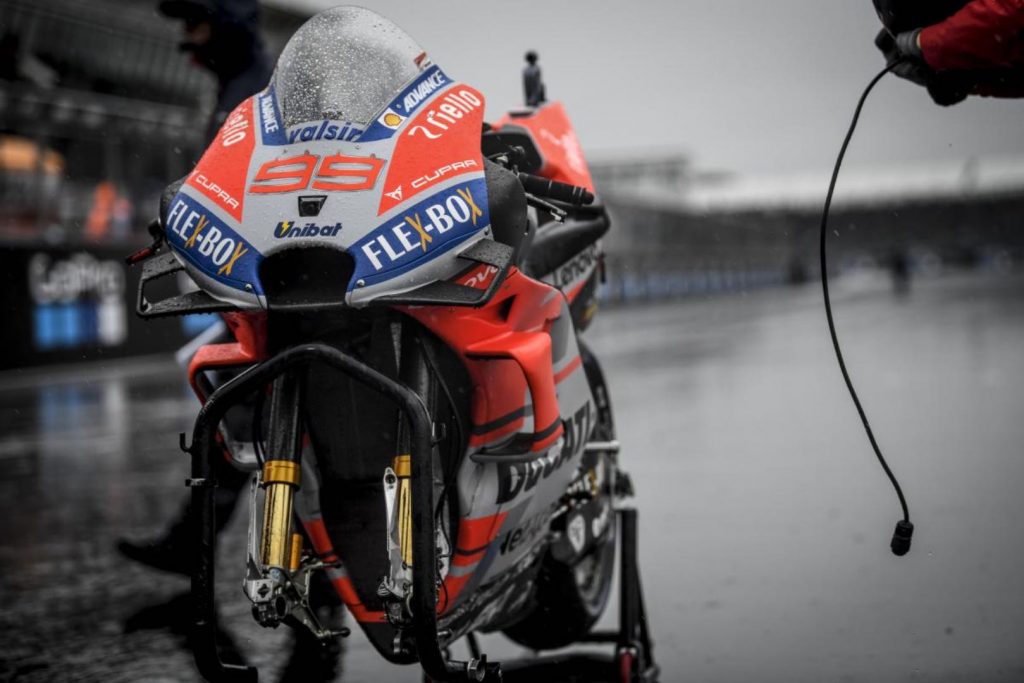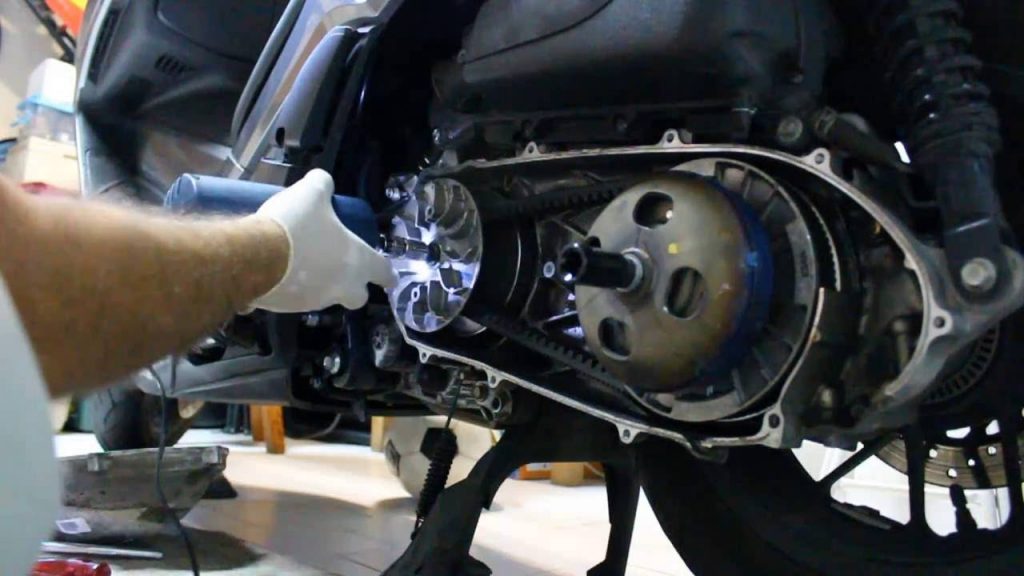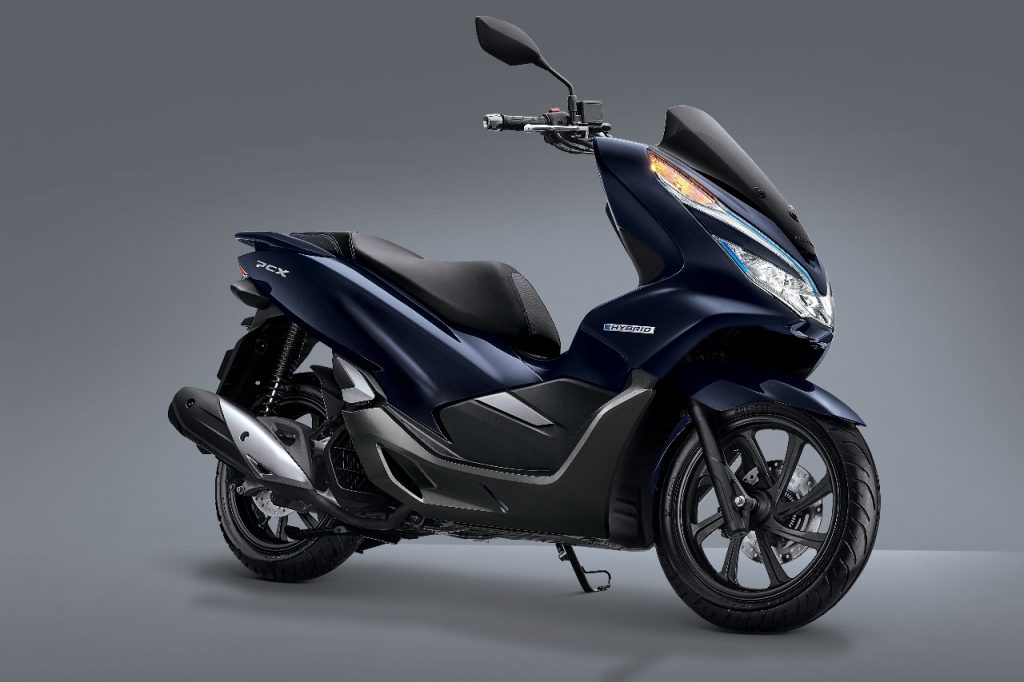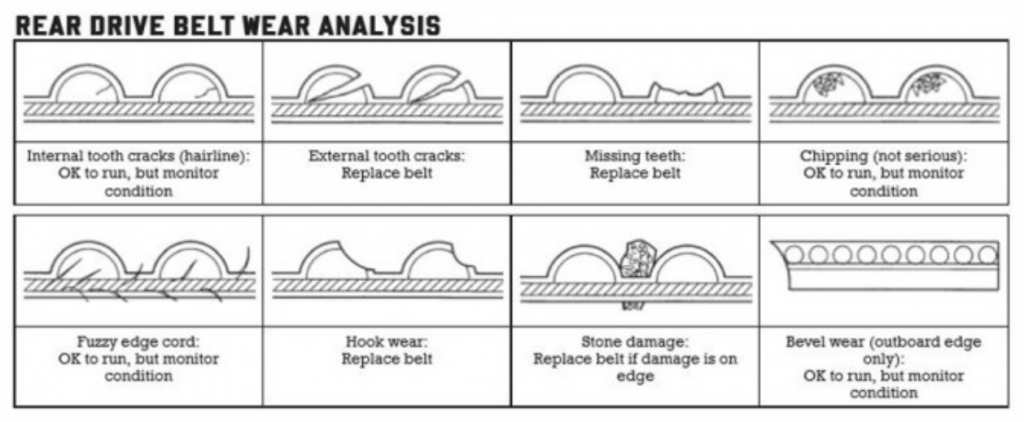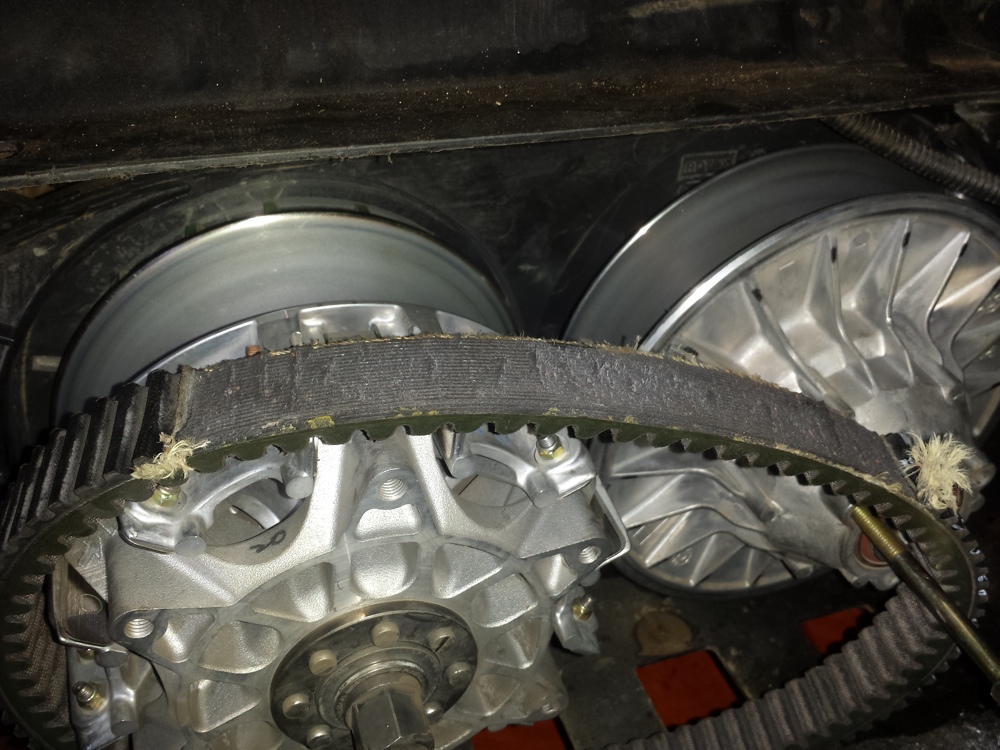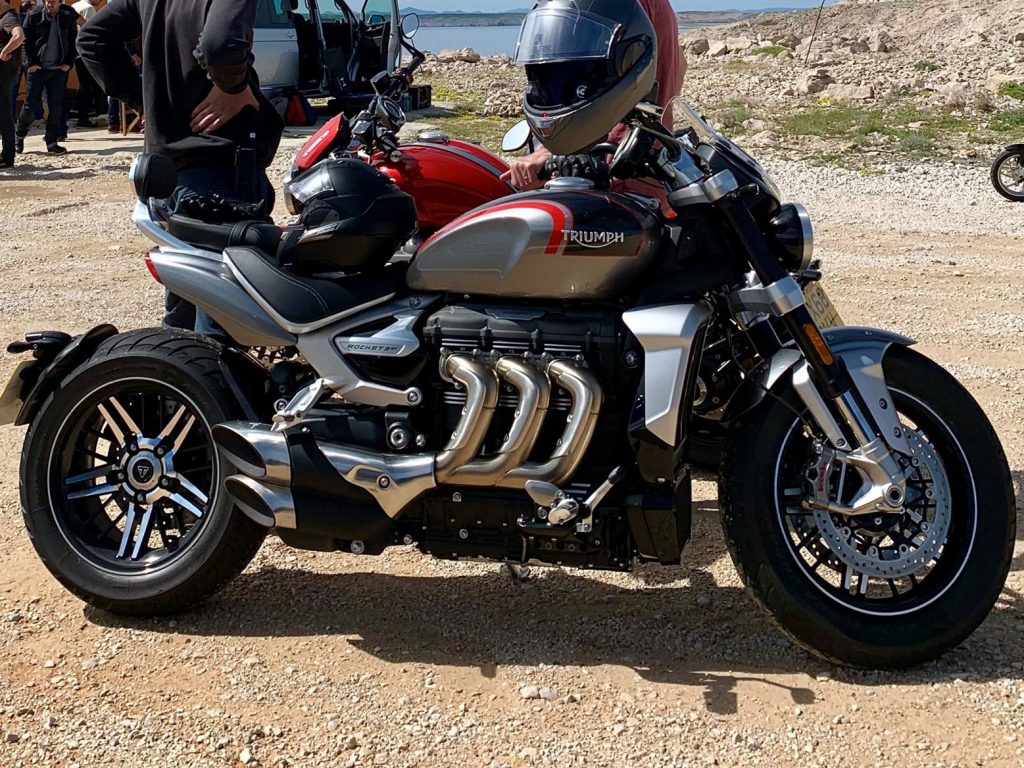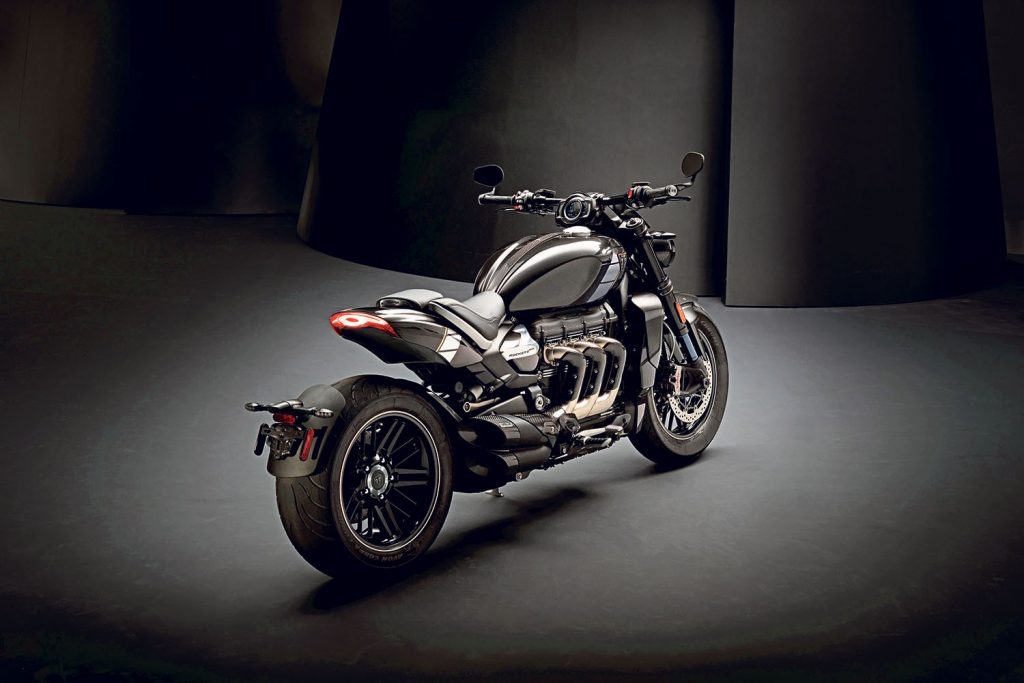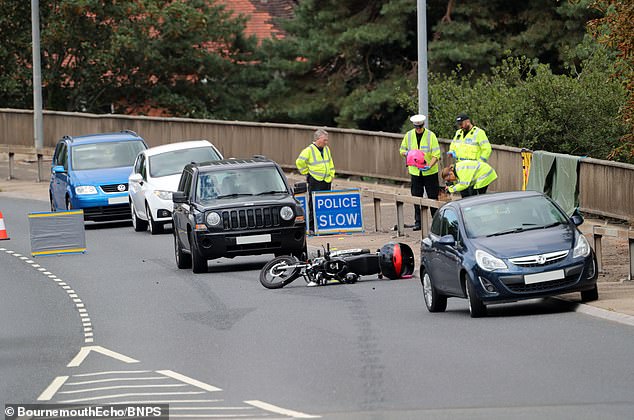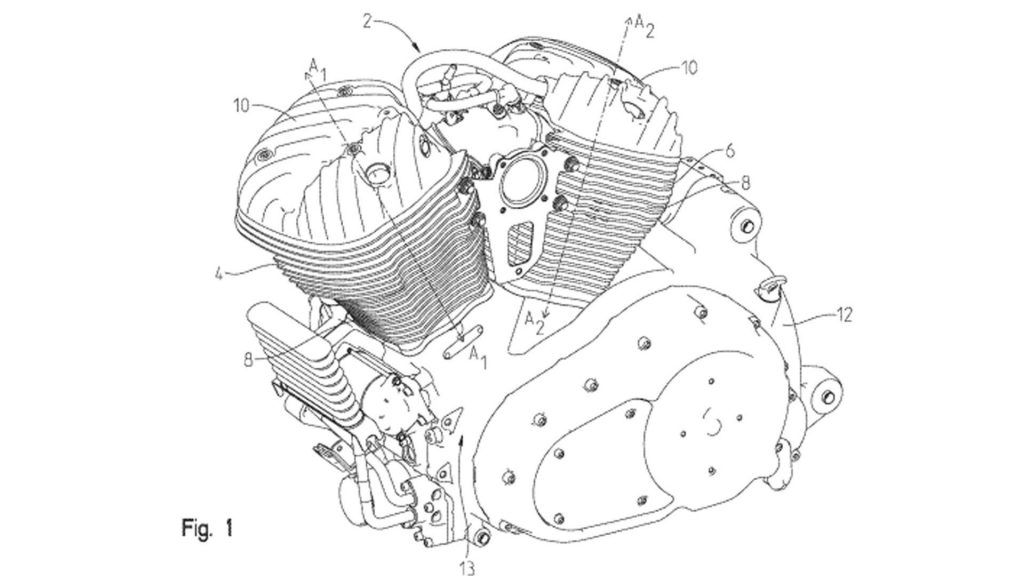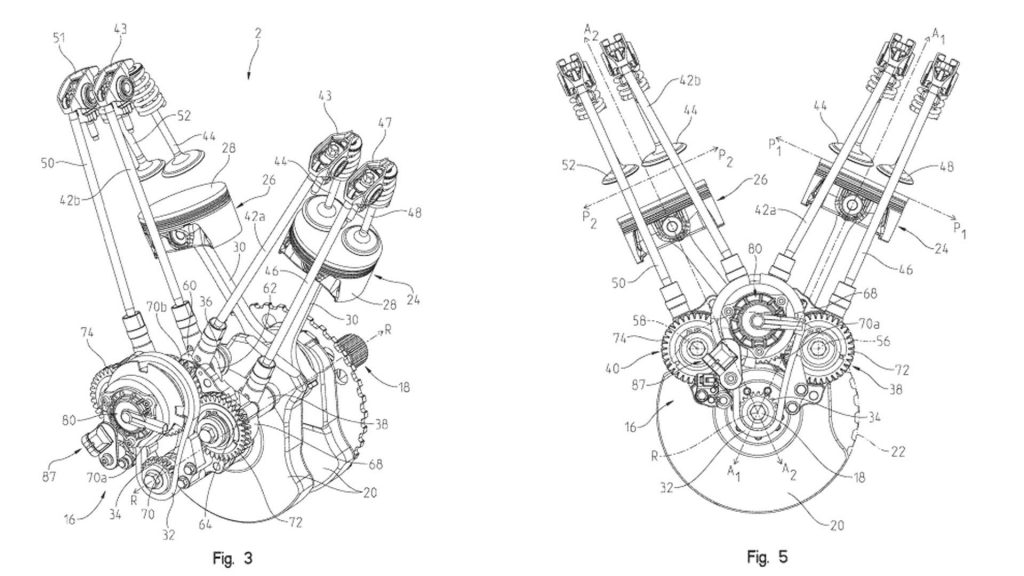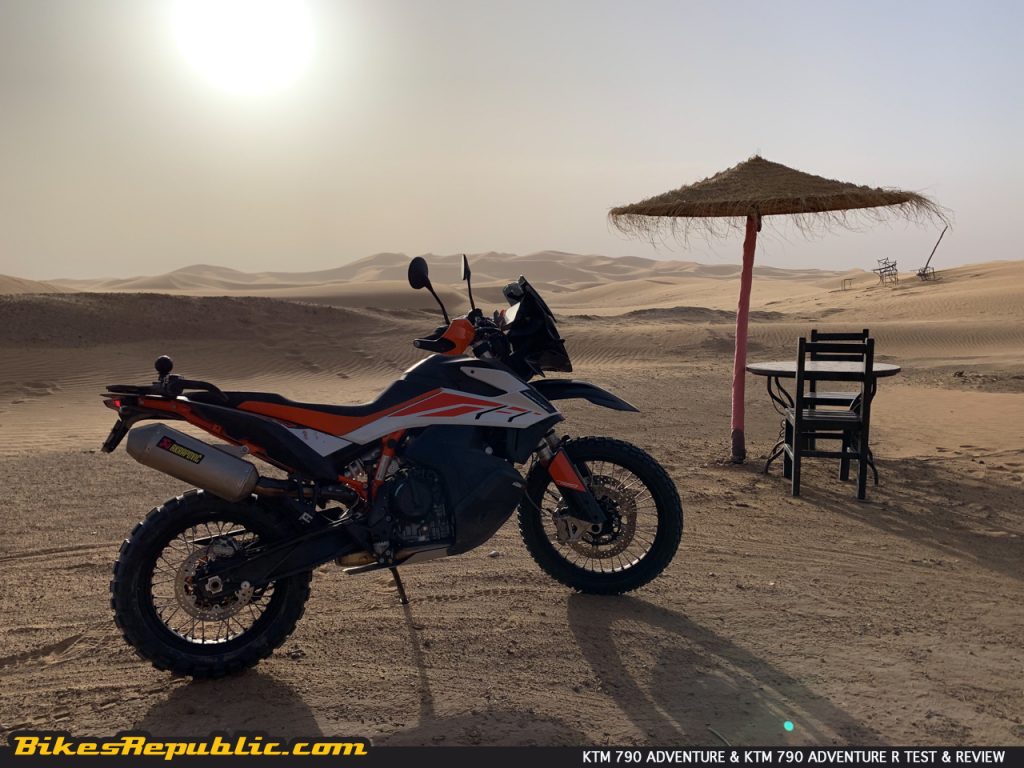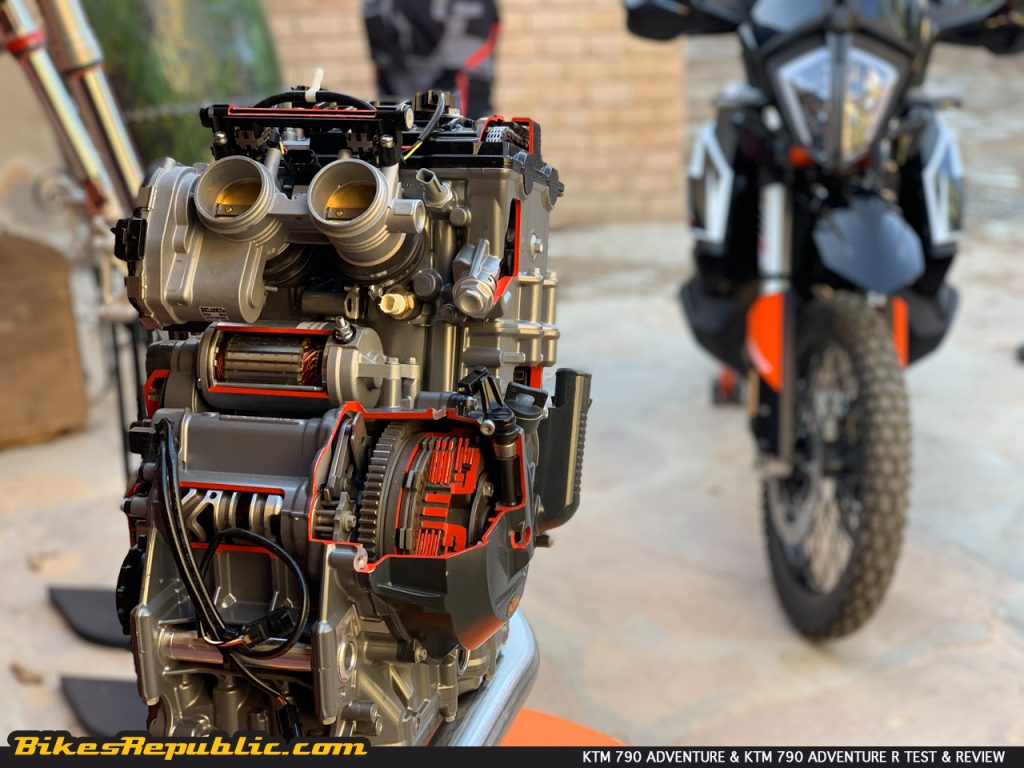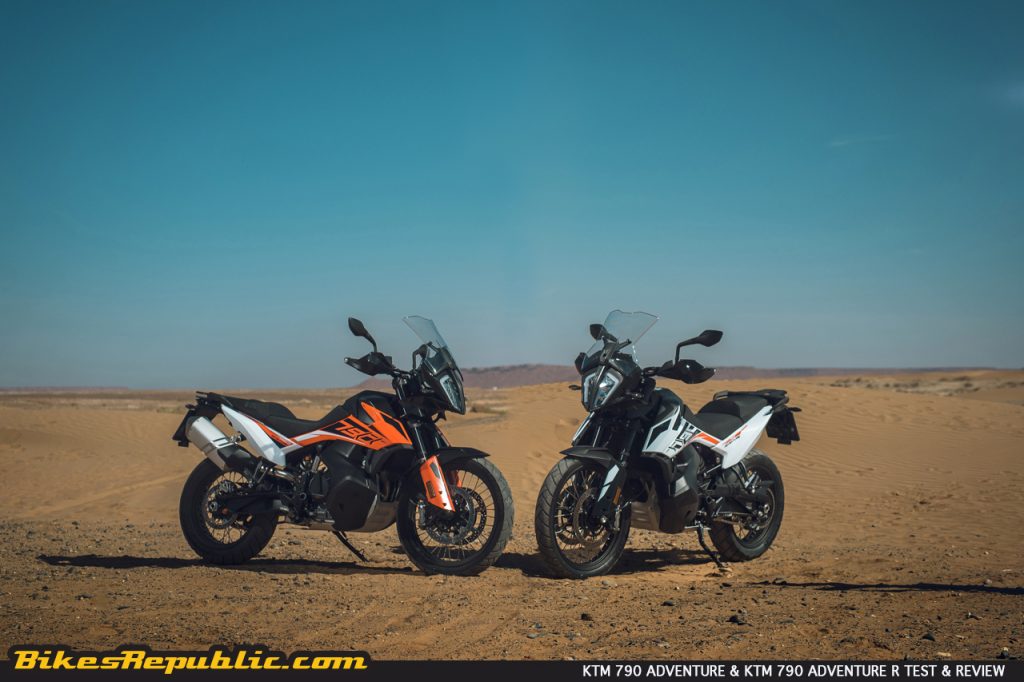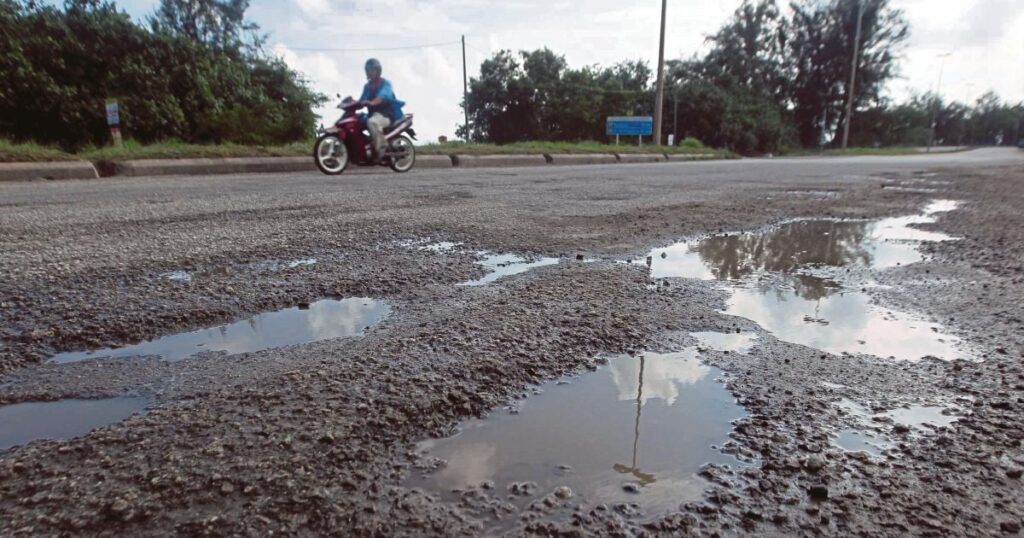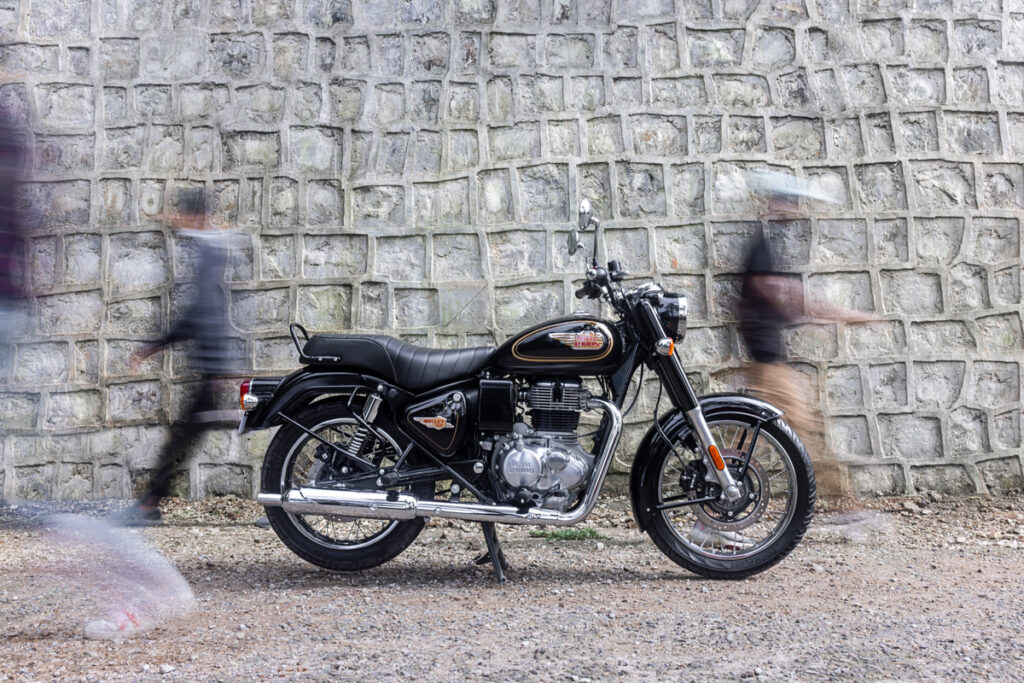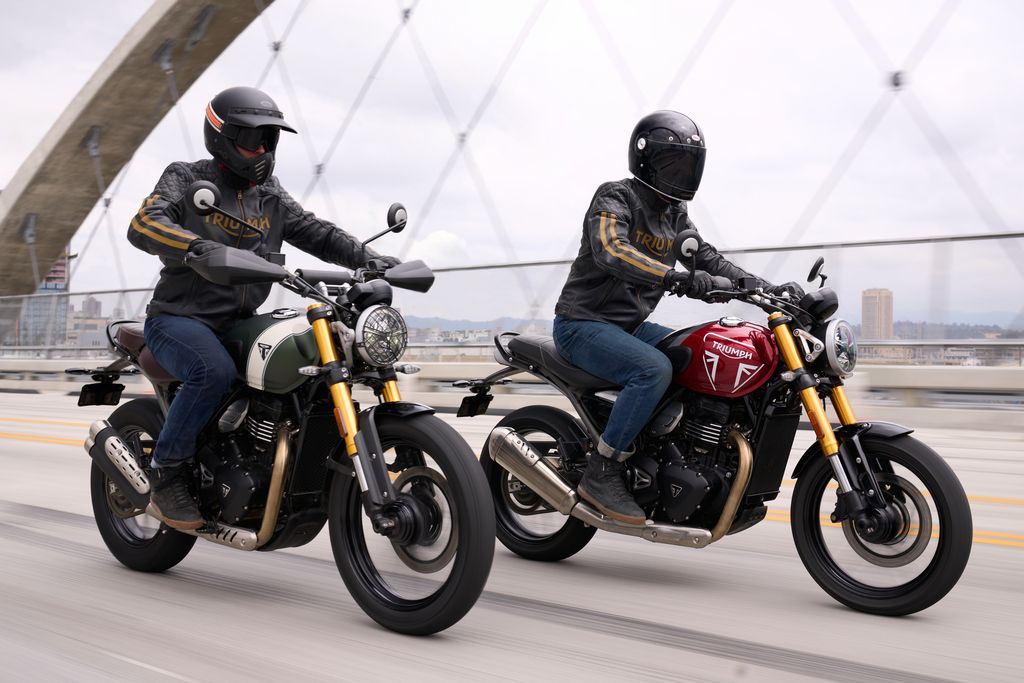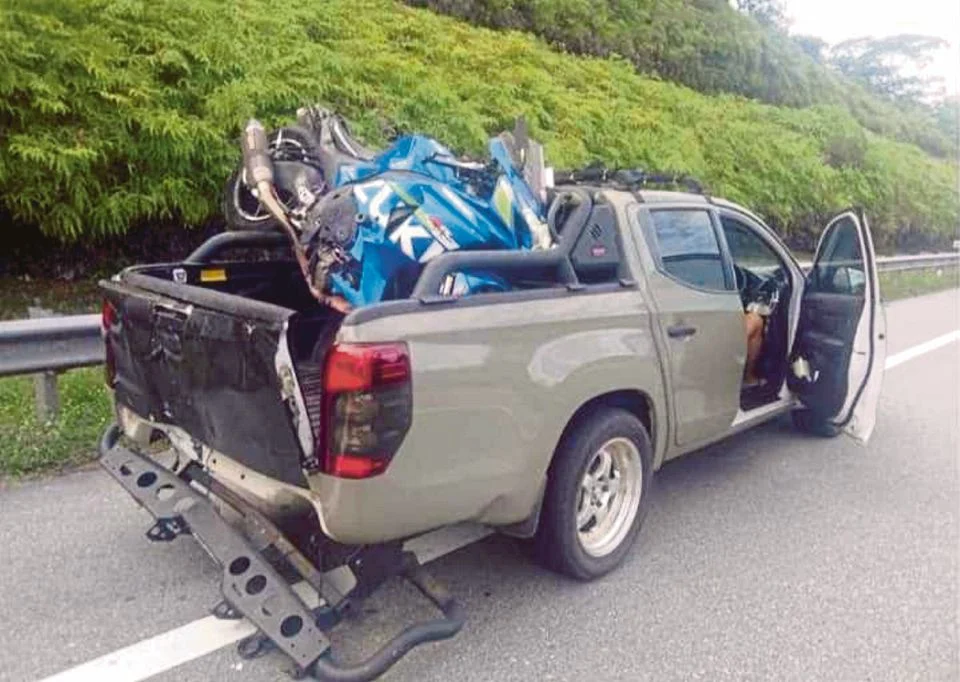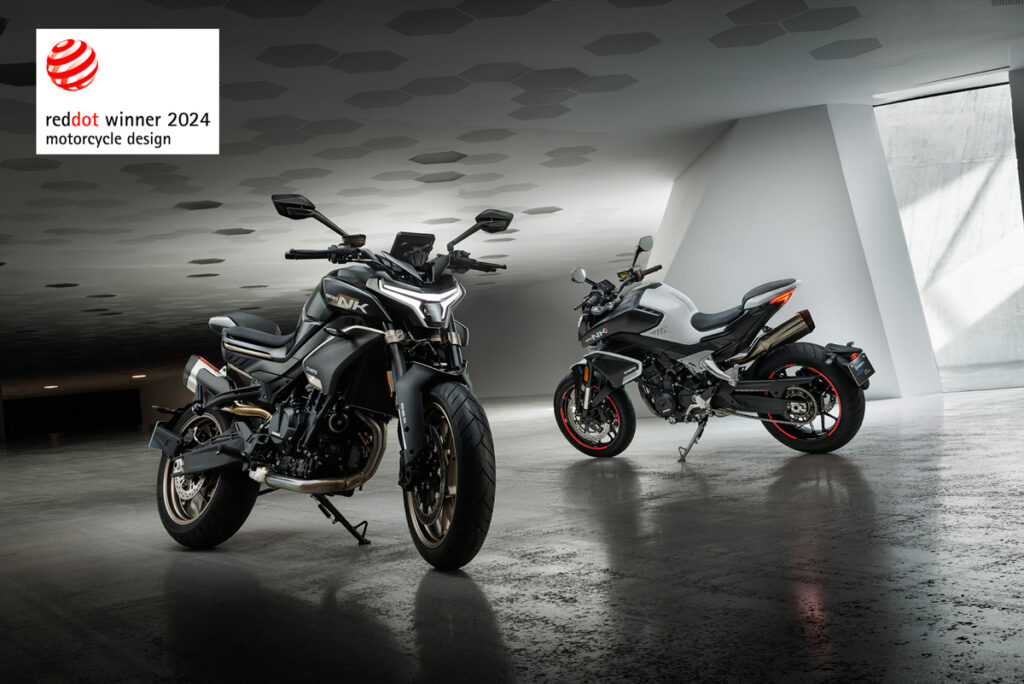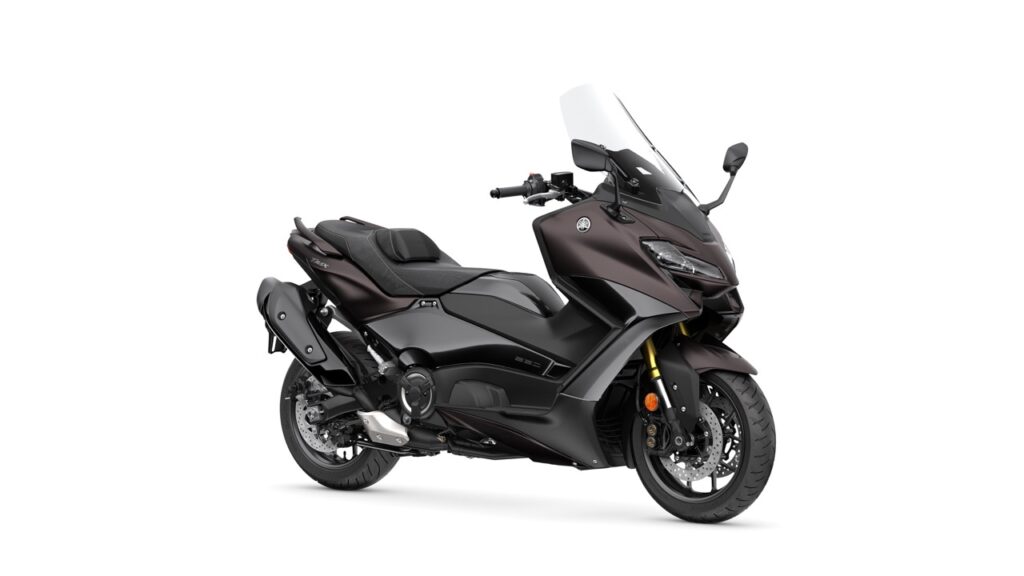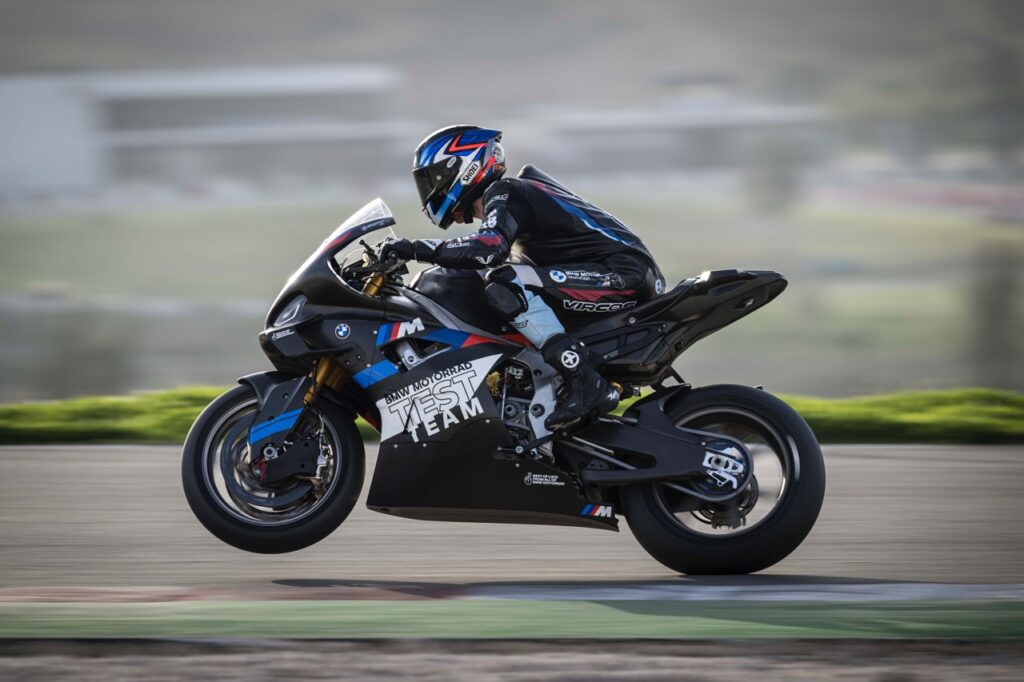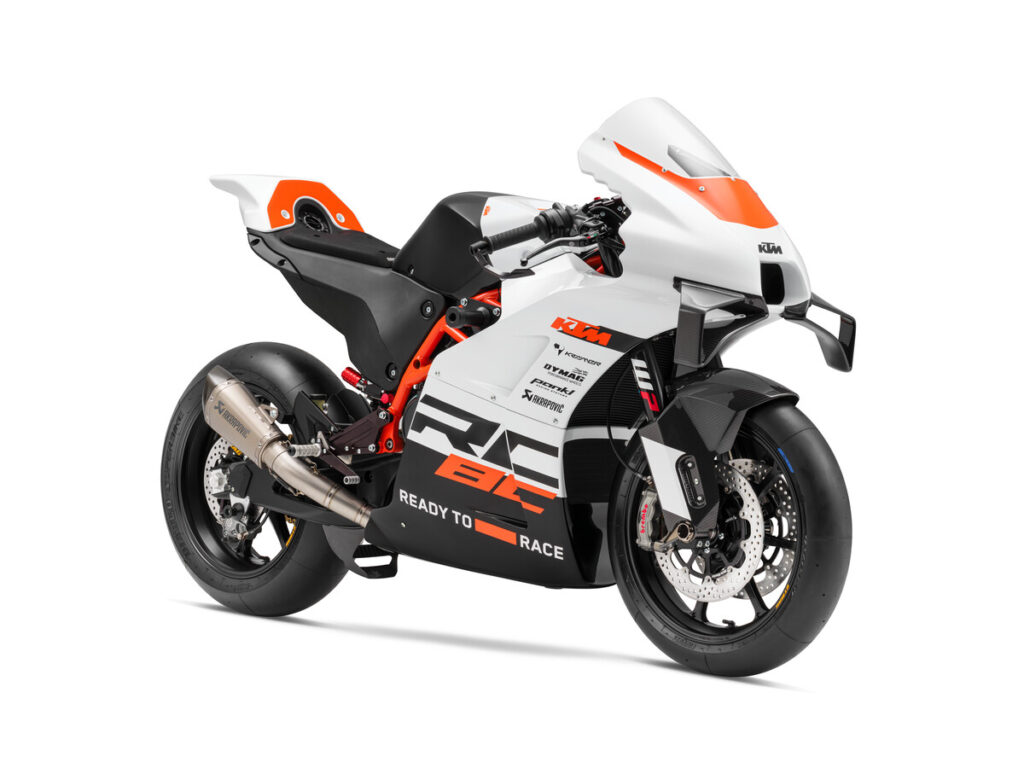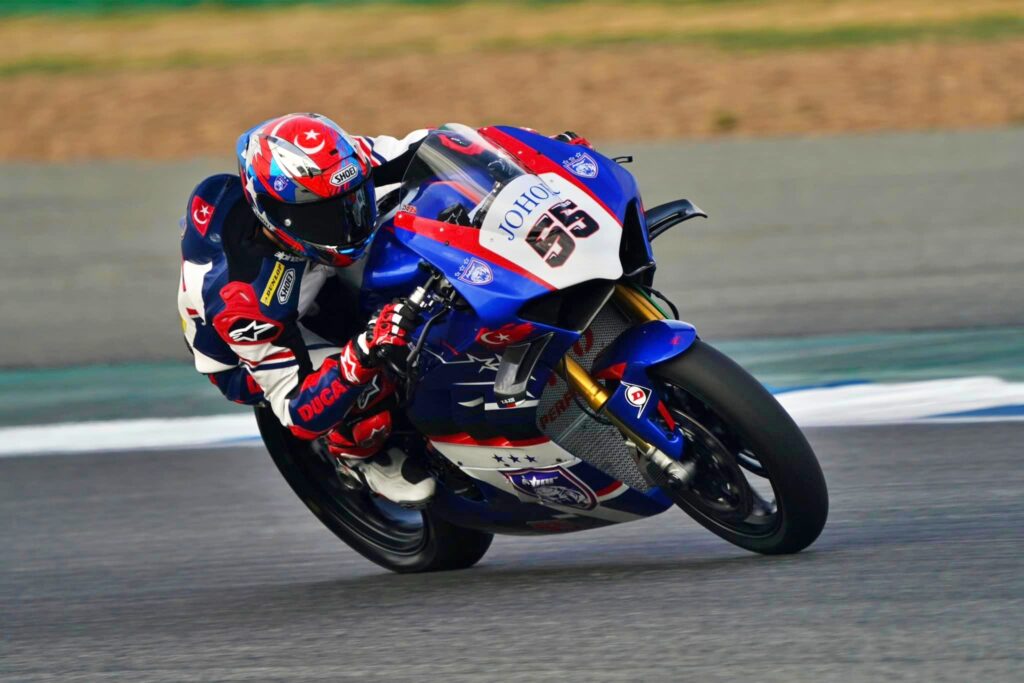-
The 2019 KTM 1290 Super Duke GT has arrived in Malaysia.
-
It features many revised cutting-edge technologies and a new styling.
-
It is priced from RM 124,800 (basic selling price with 0% GST, not on-the-road).
The 2019 KTM 1290 Super Duke GT has arrived in Malaysia. KTM engineers made the new bike smoother and refined, while retaining its big performance character.
The highlights are:
Smoother engine power delivery:
- The latest-generation 1301cc 75o LC8 V-Twin engine is revised further for a smoother ride.
- KTM added new resonator chambers, titanium inlet valves and a new mapping.
- The revisions netted the same 173 hp and 141 Nm of torque.
- But the engine is now smoother in low RPM and provides power everywhere.
- The optional Quickshifter+ function can be added for effortless upshifts and downshifts with auto-blipper function.
New TFT screen:
- New and improved 6.5-inch TFT screen.
- The award-winning full-colour screen is visible even in direct sunlight.
- Scrolling through the menus is easily performed through the illuminated menu switch on the left handlebar.
- The cruise control switch was moved to the left handlebar, also.
- KTM RACE ON remote key system, which allows keyless operation of the bike.
Lean-angle sensitive traction control:
- IMU-assisted lean-angle motorcycle stability control (MSC) with combined ABS.
- The IMU also allows for the cornering lights feature.
- The rider can add the optional “Track” mode to unlock the full capabilities of the LC8 engine and chassis.
- Also optional are hill hold control (HHC) and motor slip regulation (MSR).
Latest WP semi-active suspension:
- The new sensors analyse more parameters now to adapt quickly and correctly to changing surface conditions.
- The suspension’s preload (ride height and chassis balance) to suit rider, passenger and cargo weight can be adjusted via the push of a button.
- The rider can also choose his preferred damping rate: Comfort, Street and Sport.
New styling:
- The 2019 KTM 1290 Super Duke GT now features the instantly recognizable DUKE family “face.”
- The central aluminium heatsink includes six ultra-bright LEDs.
- Additional LEDs are utilized for daytime running lights (DRL).
- There are also LEDs embedded in the fuel tank’s flanks to provide cornering lights to illuminate the inside of corners.
New KTM MY RIDE:
- The optional KTM MY RIDE smartphone connectivity suite adds a navigation feature for on-screen turn-by-turn directions.
- Navigation audio prompts in 5 languages via a separate app.
- Other functions allow the rider to scroll through his favourite music playlist, besides receiving or rejecting phone calls.
Please click on the link below to watch the official video of Michael Rutter riding the 2019 KTM 1290 SUPER DUKE GT around the Isle of Man.
The new 2019 KTM 1290 SUPER DUKE GT is fully CBU and priced from RM 124,800 (basic selling price with 0% GST and not on-the-road).
Follow KTM MALAYSIA for the latest news and updates at https://www.facebook.com/ktmmalaysiaofficial/


